Focus on cutting-edge technological innovation and traditional industrial upgrading
Zhang Wei
Although the status of mainstream treatment models has not yet been established, virtual reality technology has changed from an interesting concept to a hot topic in the digital medical field. With the in-depth study of this immersive technology by researchers, it is becoming increasingly clear that this new entertainment technology can solve some long-standing problems in the medical industry .

Currently, technology companies such as Samsung, AppliedVR, Rendever and One Caring have developed VR products for health care, and VR has been recognized by more and more medical institutions. It is predicted that by 2023, VR's compound annual growth rate in the health care sector will reach 54.5%.
At present, the mature application of these VR products is still only a few cases, including doctors' education and training, as well as mentally dispersed treatment for inpatients and the elderly. However, with the continuous development of technology, researchers will develop more clinical application cases and solve various obstacles faced by current VR technology.
First, VR is a therapeutic tool
Pain treatment
Related studies have shown that VR can not only disperse acute pain in patients, but also block the pain receptors in the brain like prescription opioids.
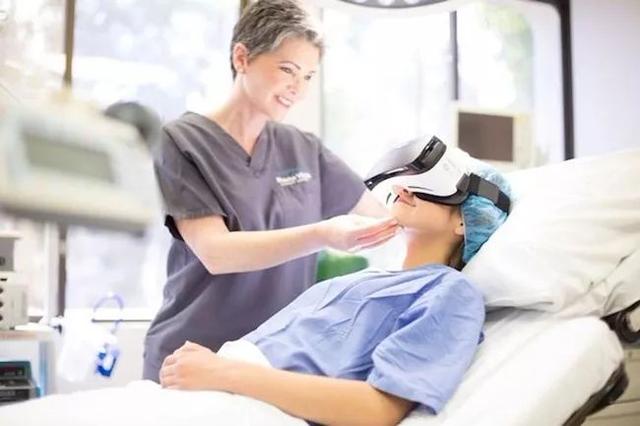
Collaborative research by Samsung, Traveler Insurance (the second largest insurance company in the US), Bayer Group, AppliedVR and Cedars-Sinai has demonstrated that shifting patients' attention to pain through VR can reduce dependence on drugs.
Clinical trials at Cedars-Sinai Medical Center and AppliedVR show that VR can slow down about 25% of pain; VR can reduce stress and anxiety by 60% without the use of painkillers.
Brain and sports injury treatment
According to research by Dr. Brandon Birckhead of Radiation Oncology at the University of Wisconsin Medical School and his team, virtual characters in virtual reality may rewrite the relationship between the patient's brain and its motor system.
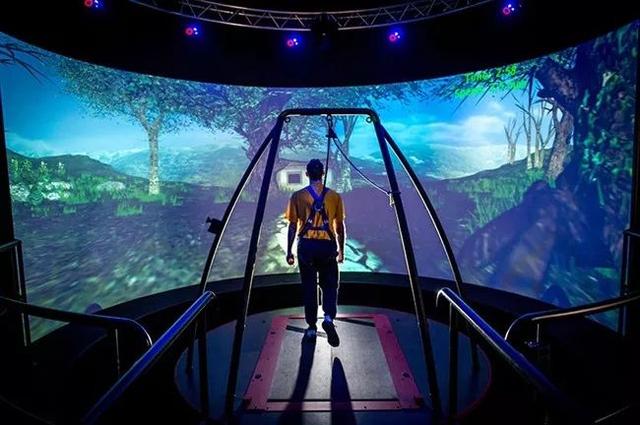
The Kessler Foundation and Virtualware collaborated on research to address the spatial imbalance of stroke patients by using HTC Vive headsets to build a game-like training scenario to help realign the patient's visual and motor skills.
“There are several tools available to help stroke patients with rehabilitation, and several robotic-based methods work very well,†said Julio Alvarez, manager of digital health business at Virtualware. “Virtual reality fills in rehabilitation and tools. Blank, patients are more acceptable and less expensive, and rehabilitation can be done at home or in the doctor's office."
Mental illness treatment
Other medical institutions are experimenting with VR technology to treat mental illnesses, such as a trial conducted by Dr. Alexandre Dumais of the University of Montreal and colleagues to successfully use VR to treat persistent auditory hallucinations in patients with schizophrenia.
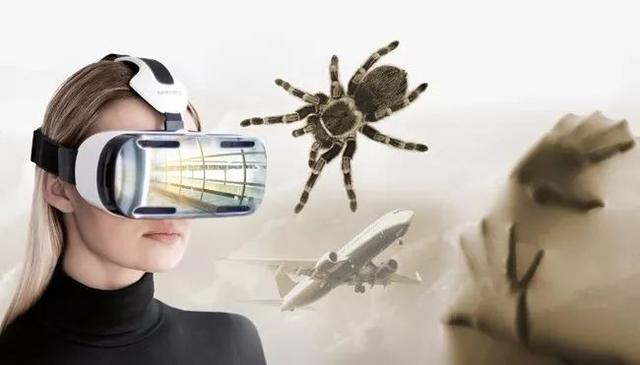
VR technology will soon become a tool for treating all types of phobias. For example, the digital medical company Pear Therapeutics uses experimental VR treatment methods together with drugs to reduce the psychological trauma of patients. The results also showed that patients treated with VR had a "significant improvement" in PTSD scores compared to traditional standard treatments.
Second, VR is an improvement tool
Treatment plan platform
With the increasing VR research, VR is no longer satisfied with the treatment of certain diseases, but is forming a platform on which to better deploy various treatment options to suit the conditions of different patients. And meet the individual needs of patients.
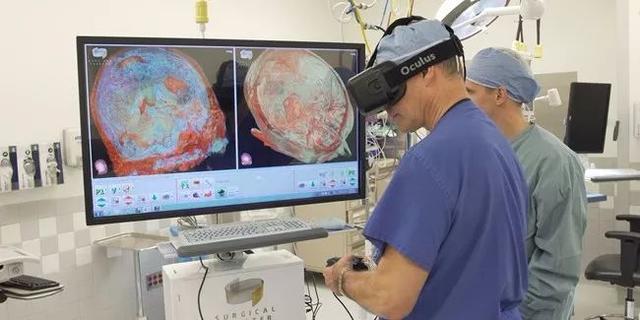
Head-mounted devices are not important. What matters is what the patient sees, hears, and feels with the headset. This is the idea of ​​personalized VR treatment. Dr. Spiegel said, "With virtual reality technology, specific patients can be psychologically assessed to achieve tailored personalized treatment."
Josh Sackman, president of virtual reality technology company AppliedVR, also said that the company has no way to develop a versatile VR therapy, but rather to develop a variety of VR content and application technology, so that medical institutions can fine-tune each patient.
By combining virtual reality headsets with biosensors, each patient's response can be measured and the content and direction of the treatment process adjusted at any time.
Music therapy is an effective method in traditional treatments. Therefore, integrating sound, sound and music into VR therapy can reveal specific emotions and thoughts that patients express on certain sounds, which can enhance the treatment experience.
Health education and management
The Holman Joint Methodist Church in Los Angeles and the Care Research Center at Cedars-Sinai have jointly launched a community project to improve the fitness and health of members. After providing health education to the project participants, behavioral VR interventions were introduced at a later stage, using VR technology to demonstrate to participants the impact of savory food on their cardiovascular health. The study found that the intervention improved participants' eating habits and their blood pressure decreased significantly.

Virtual reality technology is a comprehensive approach that is part of a holistic approach to treatment. VR's intervention in health education takes into account the various effects on patient health.
Third, the digital challenges facing VR
Experts agree that therapeutic virtual reality will be most effective if researchers and suppliers can find ways to support the technology in a wider range of medical actions.
Although many cases have proven the role of VR, it is only a tool. In the field of health care, tools must have the environment and conditions in which they are used and be combined with other treatment technologies or tools.
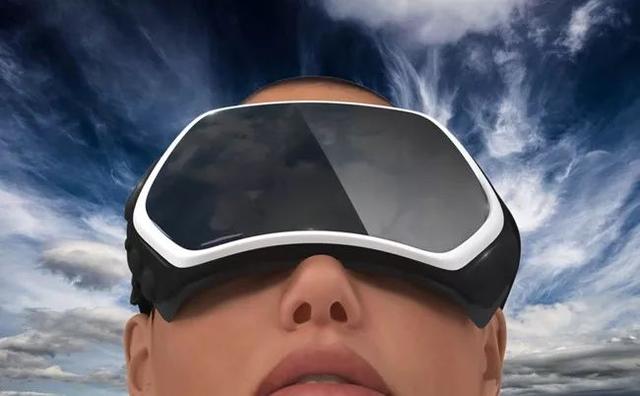
At the same time, there are still many obstacles to be removed in the large-scale clinical application of VR.
The first is the design problem of hardware such as VR headsets. Because patients are relatively sensitive, these hardware devices are still relatively large in size, not light enough, and inconvenient to use, which is not conducive to patient acceptance.
Second, the application of VR also needs to consider whether the insurance company accepts. In the United States, insurance companies will pay for patients' treatment services, and whether insurance companies include VR therapy in their reimbursement plans will directly affect the popularity of VR in medical care.
Again, VR needs to be integrated with hospital management systems, especially electronic medical records systems. As a digital treatment, virtual reality technology must be connected to the hospital's network system in order to more effectively implement, track, use and determine prescriptions.
Finally, VR is a new thing after all. Many doctors are not familiar with the technology and do not understand its application potential. Therefore, there is still a long way to go for VR education and training for doctors and patients.
Although VR faces many obstacles, it can be seen that the health care industry's attitude towards new technologies will become more and more open and more inclusive.
Amino acids are carboxylic acids containing amino groups. Amino acids are the building blocks of protein for animal nutrition. Proteins in living things are made up of 20 basic amino acids.
Amino acids in human body through metabolism can play the following roles: (1) synthesis of tissue protein; (2) into acids, hormones, antibodies,
creatine and other ammonia containing substances; (3) to carbohydrates and
fat; (4) oxidation into carbon dioxide and water and urea, produce
energy.
Alanine for the synthesis of Alitame, intermediate amino acid Serine, nonessential amino acid Arginine
Allied Extracts Solutions , https://www.alliedadditives.com